From alpine mountains to Sonoran desert the “Grand” state of Arizona has magnificent and diverse landscapes. Listen to this episode as we learn about the equally described landscape of open education at three community college systems plus how Arizona is working to collaborate on OER at a statewide level.
This is another in a series of episodes bringing you the voices of CCCOER members and a new category of shows that will highlight similar regional cooperation. You will hear about open education initiatives at the Maricopa County Community College District, Yavapai College, and Pima Community College as well as the Arizona Regional OER Conference (OERizona) and the Open Text Books for Rural Arizona project.
We are excited to have you listen to Lisa Young and Matthew Bloom from the Maricopa County Community College District (Lisa is also an OEGlobal Board member), Megan Crossfield from Yavapai Community College (and representing the Rural Arizona project), and Josie Milliken from Pima Community College.
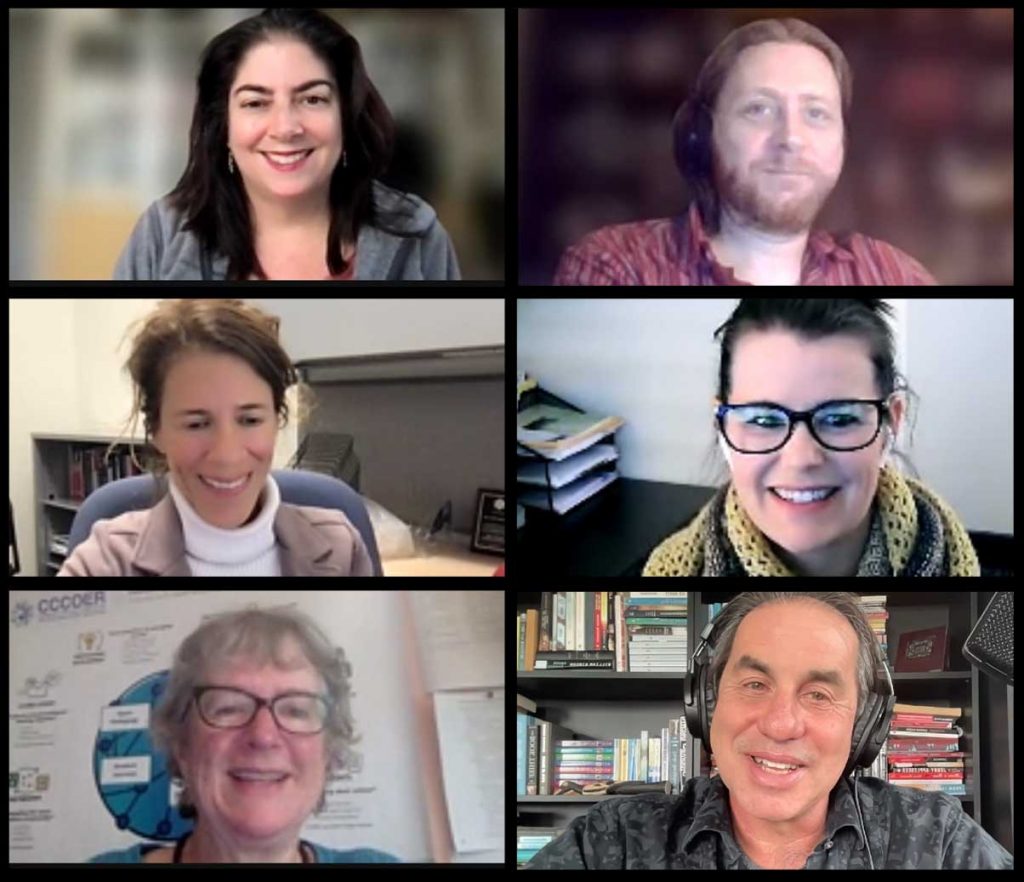
Podcast: Play in new window | Download
References and Quotes for Episode 44
We have made substantial progress in the last year particularly. We started off of course with our Achieving the Dream initiative, which we can speak more about later. .. Then last year expanding OER was part of our college’s strategic goals and so I had the honor and the pleasure of being an owner of that goal or a sub owner. We participated in the 2021-2022 AAC&U OER institute with a real diverse selection of members from our institution with helped us get the year off to a great start in terms of our planning for the year that followed. Then, from that work in the fall of last year, we developed an OER task force because we wanted to expand this initiative college-wide, rather it being consolidated amongst a team of approximately five to six people.
Josie Milliken, Pima Community College
- Pima Community College, PimaOnline and Achieving the Dream Open Educational Resources = Student Textbook Savings
- OER and Open Textbooks (PimaOnline)
- Pima Community College 2021-2025 Strategic Plan (includes OER)
- AAC&U OER Institute
We [at Maricopa] started almost 10 years ago… it will be 10 years in 2023, which we were very excited to celebrate. When we started, we were really looking at increasing access and cost savings with our Maricopa Millions project. A few years ago, Matthew was able to rebrand us to Open Maricopa, which lended itself to a lot of really good work in regard to open education practices, taking it beyond cost savings and access to equity to inclusiveness.
Lisa Young, Maricopa Community College
As Lisa was saying the idea of transitioning the brand from Maricopa Millions… was the implication that it was about saving students’ money, which was great because Lisa and the team that founded Maricopa Millions set out to save students $5 million over the course of the first five years. It ended up being almost like $13 million that we estimate students save because of faculty decisions to use OER or low cost, no cost materials. But the idea was that it was time to evolve the project. The initiative was deeply institutionalized. I was in the role of the first person to be chosen in the role of the OER coordinator for the District. I was fully reassigned to that work. One of the things that I really wanted to try to do was focus on pedagogy and equity and all of these other things that we can use open education to try to address basically, beyond the cost savings.
Matthew Bloom (Scottsdale Community College)
- Maricopa Millions Project
- Maricopa Open Digital Press
- Open Educational Resources (Academic Support)
- Maricopa Open Educational Resource Learning System (MOER) (formerly MathAS)
- OER Professional Development Competencies Framework (Maricopa)
- L’Initiative francophone pour la formation à distance des maîtres, IFADEM (Open Educational Resources Competency Framework)
At Yavapai College, we’ve been doing OER for over three years, but really formalized the initiative in fall 2020, which correlated with our Higher Learning Commission quality initiative report. We put together a whole quality initiative research study, and it was a two year study that concluded in spring of 2022. We submitted the report and have some great findings and research that we got from it.
Megan Crossfield, Yavapai College
- OER at Yavapai College
- White Paper: Improving Student Success Through the Use of Open Educational Resources (Yavapai College)
The cost of textbooks and the cost of higher learning for the population in rural Arizona is really causing them to not be able to earn a degree or certificate to move along. Then also being able to get jobs to have a standard of living. That’s why the grant was really written to focus on colleges within rural Arizona.
We just concluded our first year of the project and we have done amazing work. I am amazed at how much has happened in one year… We created consortium wide standards. We created procedures that other institutions can adopt and adapt so they’re not having to start from square one essentially, and being able to utilize that foundation. Then what we’re also trying to work on is really looking at cross-institutional collaboration because one of the reasons we strategically wrote the grant for rural colleges is because they’re smaller.
And so we are using OER Commons for our shared repository– we have a hub, and on that hub is where all of the material is going to be located. That way, anyone in the state, but anyone in the general public.. can access the materials, they can adopt them and use them within their own classes. Really trying to increase access to OER, not only increasing the development of OER.
Megan Crossfield on the Open Textbooks for Rural Arizona project
When you reference OER Arizona… that actually grew out of something that Lisa and the people who were in leadership at Maricopa Millions before I took over for that period, they had these annual OER Dialogue Days where they would invite someone to come — they were Maricopa focused.
But one year we had Dr. Rajiv Jhangiani as our keynote, and we invited people from Arizona State University, University of Arizona. I think we may have had some people from some of the other community colleges. I think we had some folks from the Yavapai there that day. It was pretty clear at the end of that event that there was a lot of excitement across the state and that this kind of thing needed to be more generally promoted, publicly promoted, so that it wasn’t just like, hey, this is for Maricopa folks, right? We started the Arizona Regional OER conference and we are now in our fifth year. That’s really super exciting. We have a pretty diverse set of folks involved in the planning committee, as I already mentioned. We typically have somewhere between two, 300 people register for the conference and maybe about 100 or 200 who actually participate.
Matthew Bloom on the Arizona OER Regional Conference
- Arizona Regional OER Conference (OERizona)
- Serving Social justice & Pedagogical Innovation with Open Educational Practices (Rajiv Jhangiani Maricopa Dialogue Day March 2018)
[At the] 2021 Arizona OER Regional Conference I attended a showcase in which I saw … the renewable assignments that were produced through the UNSDG Open Pedagogy Faculty Fellowship. I was fully just enamoured and I immediately thought Pima needs to be part of this fellowship. I started doing searches, sending emails, and one of the emails ended up getting routed, fortunately, to Debbie Baker at Maricopa, who… then connected me with the fellowship opportunity. Pima was able to participate with twelve fellows in that 2021 cohort… Now, we’ll begin recruiting for our third year this upcoming winter.
… General education is shifting. Along with that, there is a greater emphasis on interdisciplinary curriculum, high impact practices, collaboration, and project based learning. Critical thinking and all of those skills are embedded into this fellowship.
Josie Milliken on the UN SDG Open Pedagogy Fellowship
- United Nations Sustainable Development Goals Open Pedagogy Fellowship (Montgomery College)
- UN SDG Fellowship at Pima Community College
- UN SDG Open Pedagogy Fellowship at the Maricopa Community Colleges
Arizona has become a member of DOERS, and so we have a lot of opportunity as we put this new collaborative network together to have different organizations or institutions within Arizona participate in these really critically important projects. I mean when we think about the tenure process, when we think about this equity rubric, there’s so much work that we can do and the next steps that come out of DOERS in terms of looking at what’s the next big challenge in OER that we need to face? Now, those of us in Arizona can have a voice towards that and help, which is really exciting and fun. It’s something that as we have this organization or networking established, we can plug people into these different roles.
Lisa Young on DOERS3
Our open licensed music for this episode is from the Free Music Archive, a track called “Cadillac Desert” by William Tyler licensed under a Creative Commons Attribution-Noncommercial-No Derivative Works License, found, like most of our intro music, in the Free Music Archive
The introduction created with the OEG Voices Mixer features voices of Jonathan P, Gino F, Gardner C, Florence D, Lisa Y, Kristin H, Nicole N, Shinta H, Rajiv J, Maren D, Ajita D, Werner W, Clint L, and Una D (learn how to add your voice to the mix).
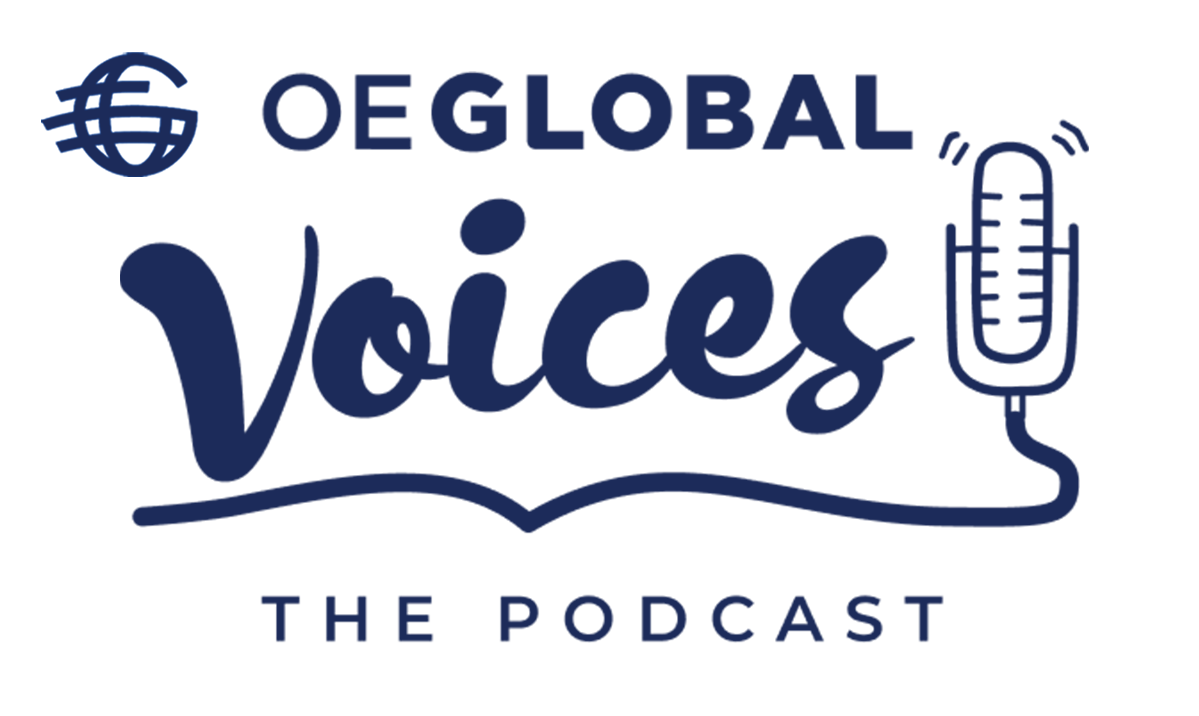
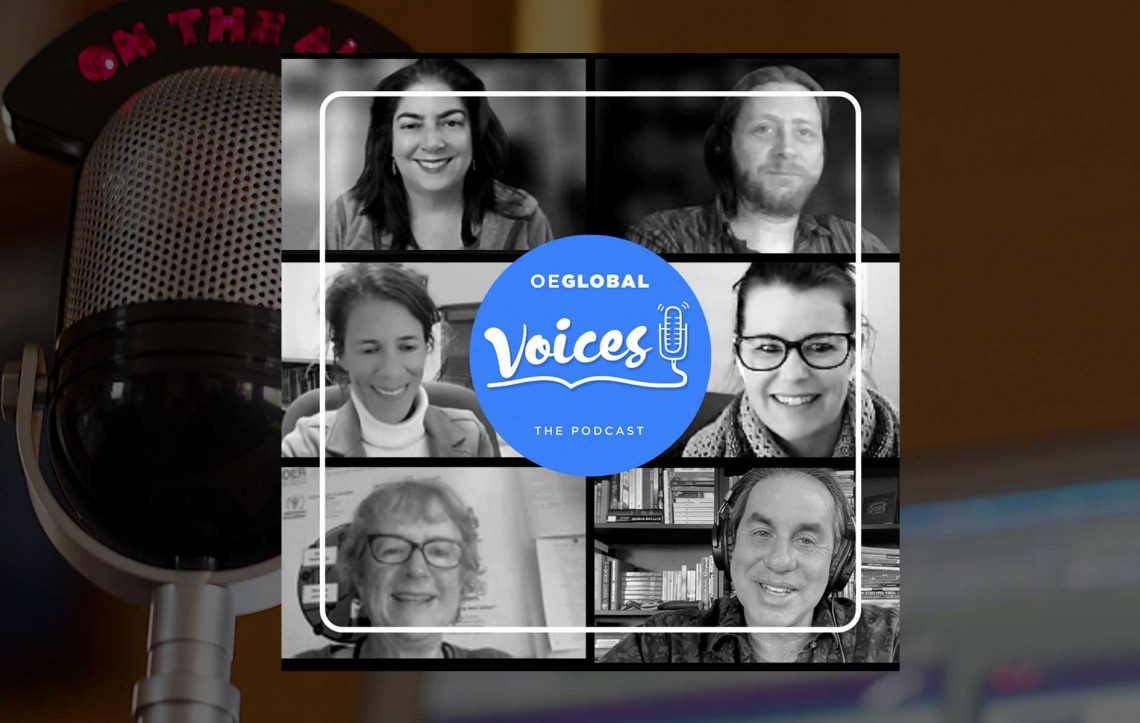
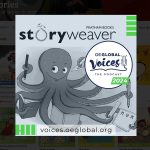
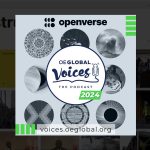



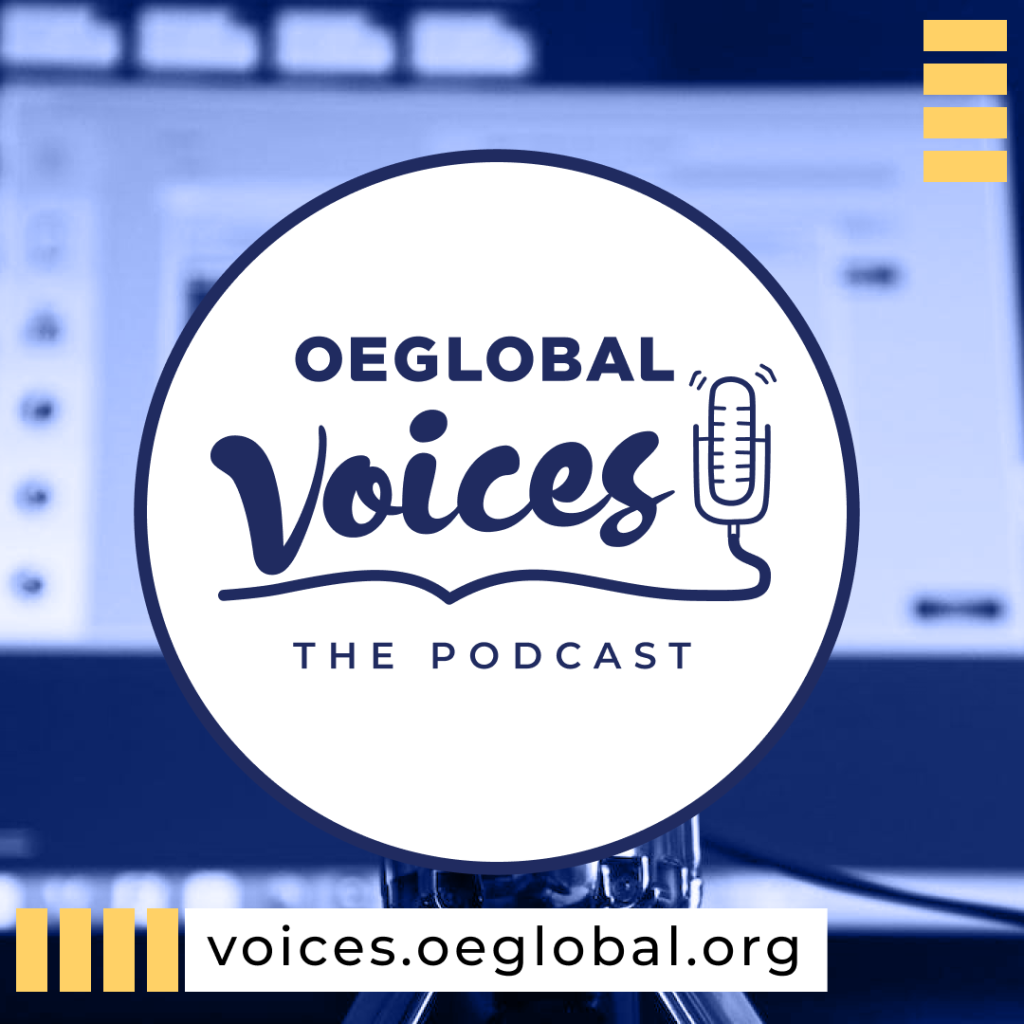

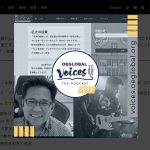
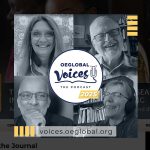

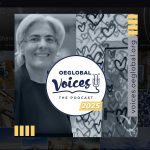

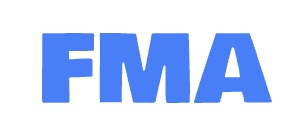
Start the discussion at OEG Connect